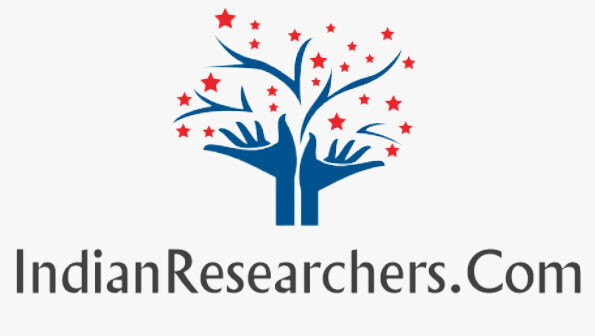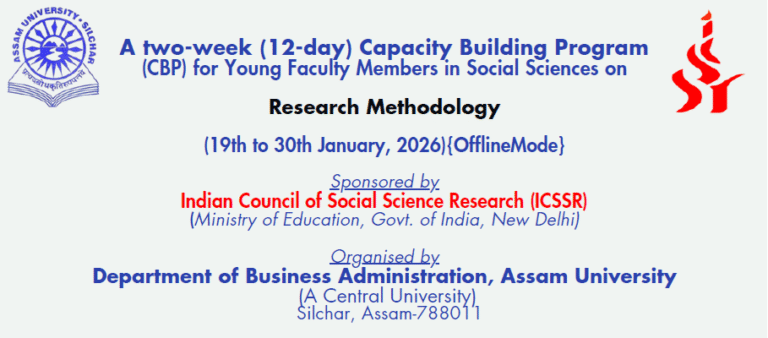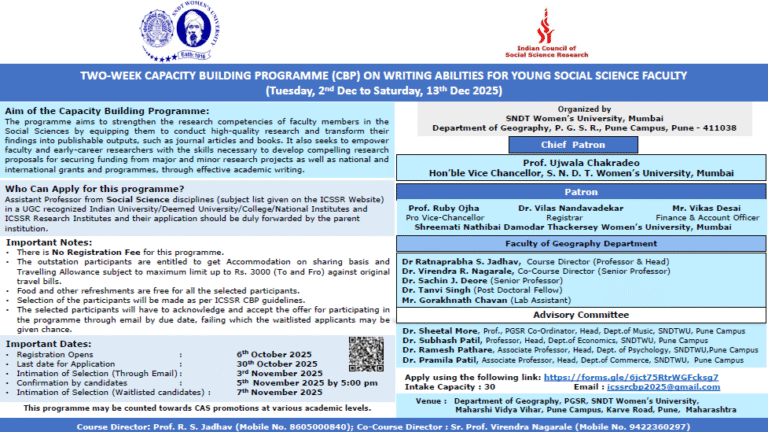Feed
A web feed (or news feed) is a data format used for providing users with frequently updated content. Content distributors syndicate a web feed, thereby allowing users to subscribe to it. Making a collection of web feeds accessible in one spot is known as aggregation, which is performed by an aggregator. A web feed is also sometimes referred to as a syndicated feed.
A typical scenario of web feed use is: a content provider publishes a feed link on their site which end users can register with an aggregator program (also called a feed reader or a news reader) running on their own machines; doing this is usually as simple as dragging the link from the web browser to the aggregator. When instructed, the aggregator asks all the servers in its feed list if they have new content; if so, the aggregator either makes a note of the new content or downloads it. Aggregators can be scheduled to check for new content periodically. Web feeds are an example of pull technology, although they may appear to push content to the user.
The kinds of content delivered by a web feed are typically HTML (webpage content) or links to webpages and other kinds of digital media. Often when websites provide web feeds to notify users of content updates, they only include summaries in the web feed rather than the full content itself.
Web feeds are operated by many news websites, weblogs, schools, and podcasters.
Benefits
Web feeds have some advantages compared to receiving frequently published content via an email:
-Users do not disclose their email address when subscribing to a feed and so are not increasing their exposure to threats associated with email: spam, viruses, phishing, and identity theft.
-Users do not have to send an unsubscribe request to stop receiving news. They simply remove the feed from their aggregator.
-The feed items are automatically sorted in that each feed URL has its own sets of entries (unlike an email box where messages must be sorted by user-defined rules and pattern matching).




